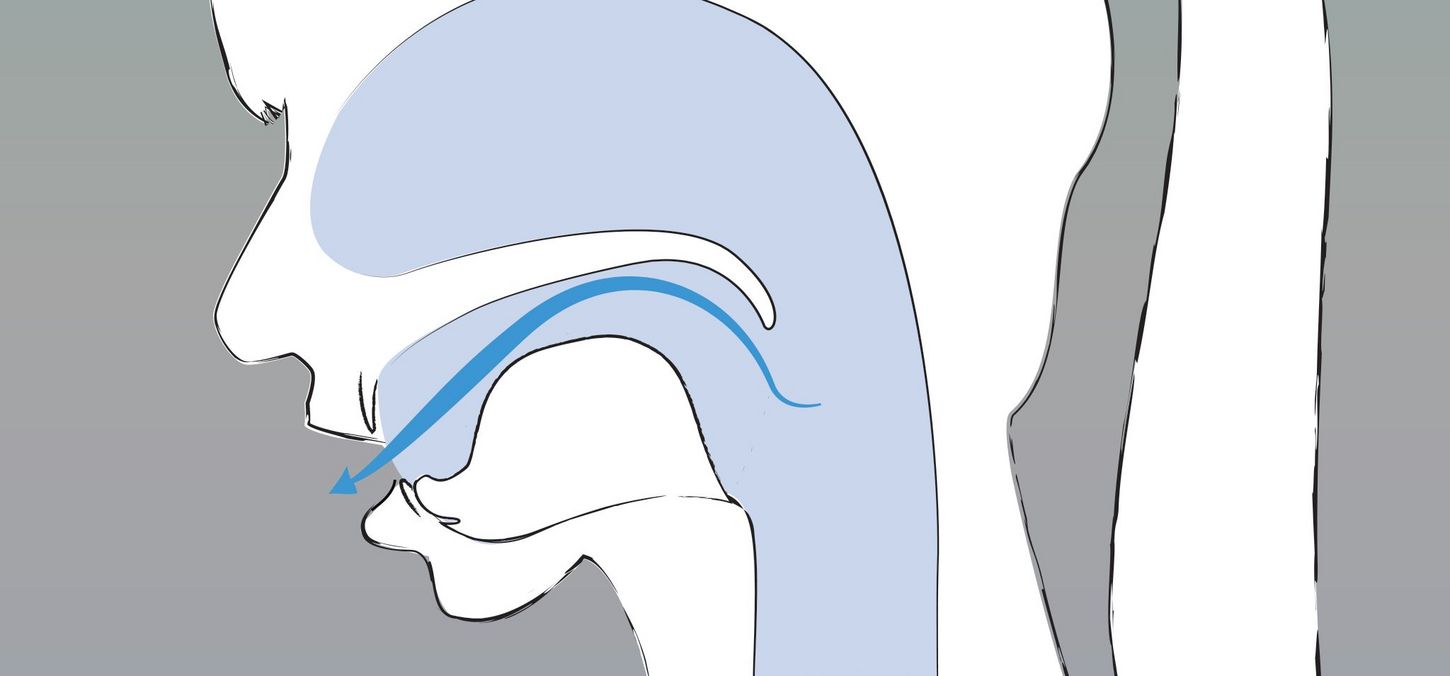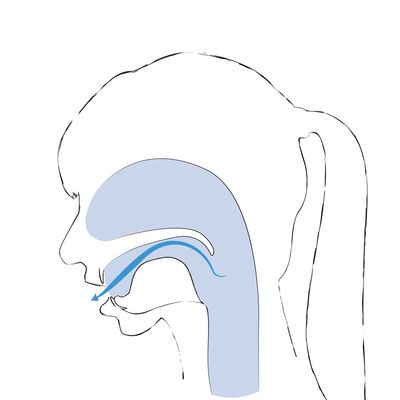Semivowels
Semivowels are very close to the vowels produced at the same place of articulation:
- i (vowel) - ya (semivowel) - ja (plosive) all three palatal (at the palate)
- r̥ (vowel) - ra (semivowel) - ḍa (plosive) all three retroflex (with the tongue rolled back)
- l̥ (vowel) - la (semivowel) - da (plosive) all three dental (with the tongue at the teeth)
- u (vowel) - va (semivowel) - ba (plosive) all three labial (at the lips)
While vowel sounds on its own, the semivowel forms almost automatically when we add an "a". If the contact is intensified on articulation, the voiced plosive is produced.
In Sanskrit, the sound change from vowel to semivowel happens via the Sandhi rules. In other languages, semivowels often turn into plosives.
Palatal semivowel
- ya: produced by bringing the tongue closer to the palate (palatal).
Beispiele:
- ya: ja, Sanskrit: Yoga
Pronounced like a German j, not like a y as in Yvonne.
Retroflex semivowel
- ra: Produced by bringing the tongue closer to the back of the teeth (retroflex).
Examples:
- ra: Rollen, rot
A rolling r as commonly used in Southern Germany, or, historically speaking, in Germany as a whole.
Dental semivowel
- la: produced by bringing the tongue closer to the teeth (dental).
Examples:
- la: Land
Exactly as in German.













